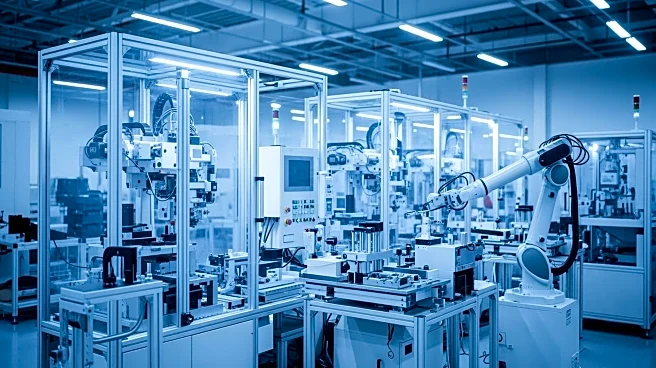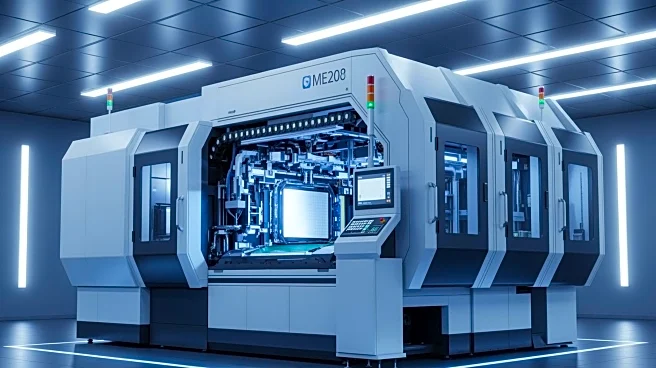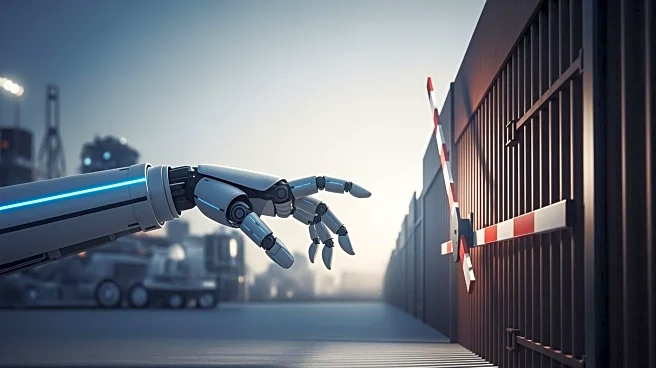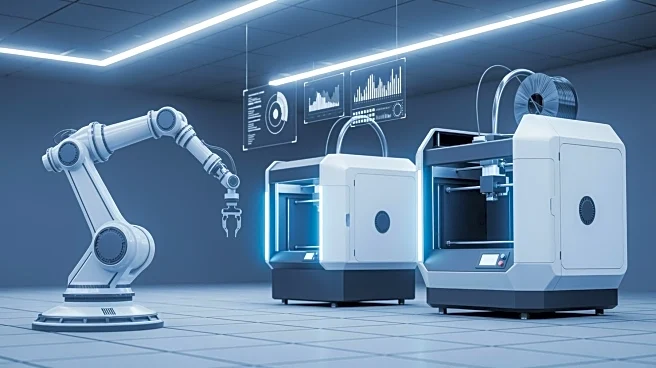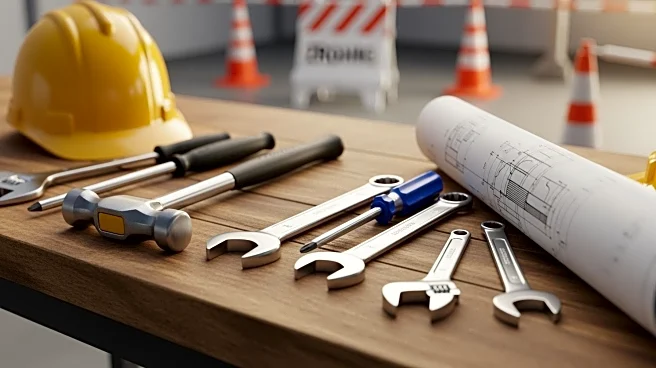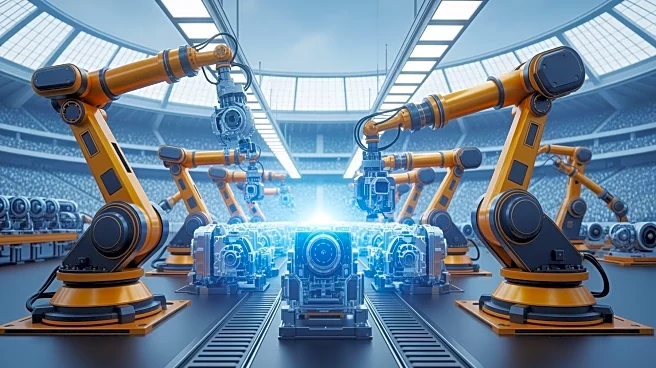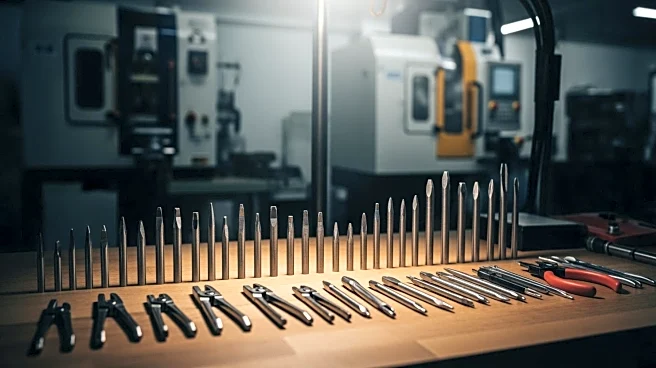What's Happening?
Montana's manufacturing industry is experiencing significant growth, with a real annual GDP increase of 12.4% last year, making it the fastest-growing sector in the state. Despite this growth, the industry faces persistent workforce challenges. The Montana Department
of Labor and Industry (DLI) reports that while there have been job gains of about 100 per year since 2020, filling these positions remains difficult. The closure of two lumber mills last year resulted in 280 job losses, yet the sector continues to expand, particularly in fabricated metal products and petroleum manufacturing. Business owners and experts at a recent symposium highlighted the difficulty in maintaining a consistent workforce, exacerbated by low unemployment rates and the retirement of baby boomers.
Why It's Important?
The growth of Montana's manufacturing sector is crucial for the state's economic development, providing job opportunities and contributing to GDP. However, the workforce shortage poses a significant challenge, potentially hindering further expansion. The inability to fill positions could slow down production and innovation, affecting the industry's competitiveness. Employers are increasingly looking towards automation and apprenticeship programs to mitigate these challenges. The situation underscores the need for strategic workforce planning and the integration of under-utilized demographics into the labor market.
What's Next?
To address the workforce shortage, Montana's manufacturing industry may increasingly rely on automation to handle labor-intensive tasks, reducing the physical strain on workers and potentially increasing productivity. Additionally, programs like the DLI apprenticeship initiative could play a vital role in reducing employee turnover and training new workers. The opening of a new prerelease center in Evergreen presents an opportunity to integrate formerly incarcerated individuals into the workforce, providing a reliable source of labor. These steps could help stabilize the workforce and support the industry's continued growth.
Beyond the Headlines
The workforce challenges in Montana's manufacturing sector highlight broader issues related to labor market dynamics, such as the impact of demographic shifts and the need for workforce diversification. The reliance on automation raises questions about the future of work and the balance between technology and human labor. Furthermore, the integration of under-utilized demographics into the workforce could have significant social implications, promoting inclusivity and reducing recidivism among formerly incarcerated individuals.
